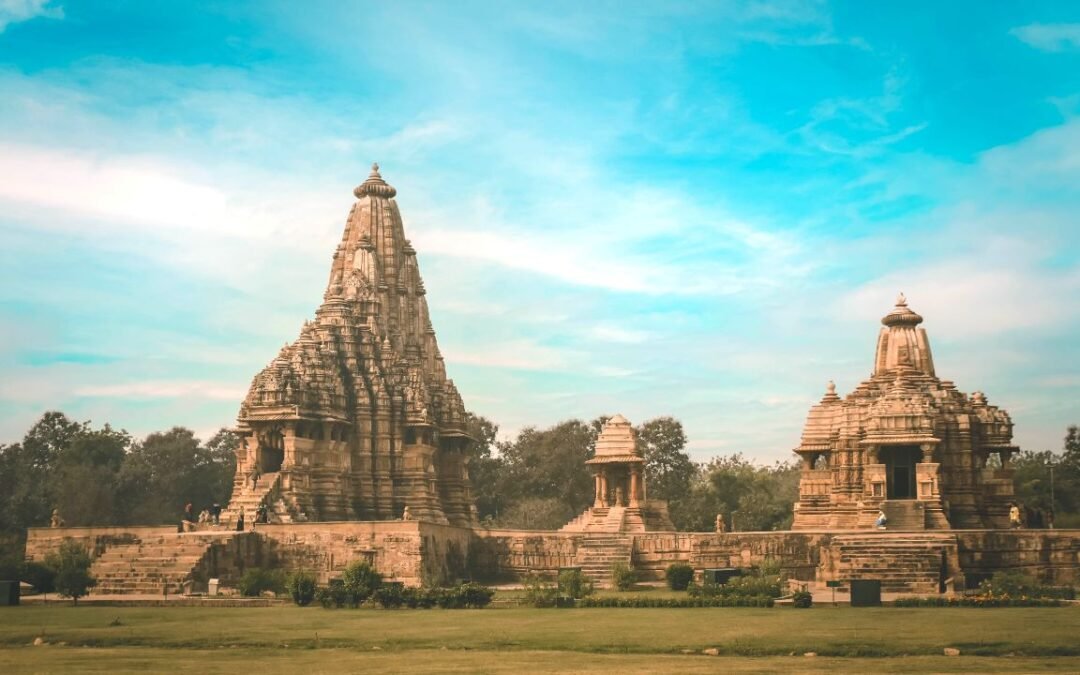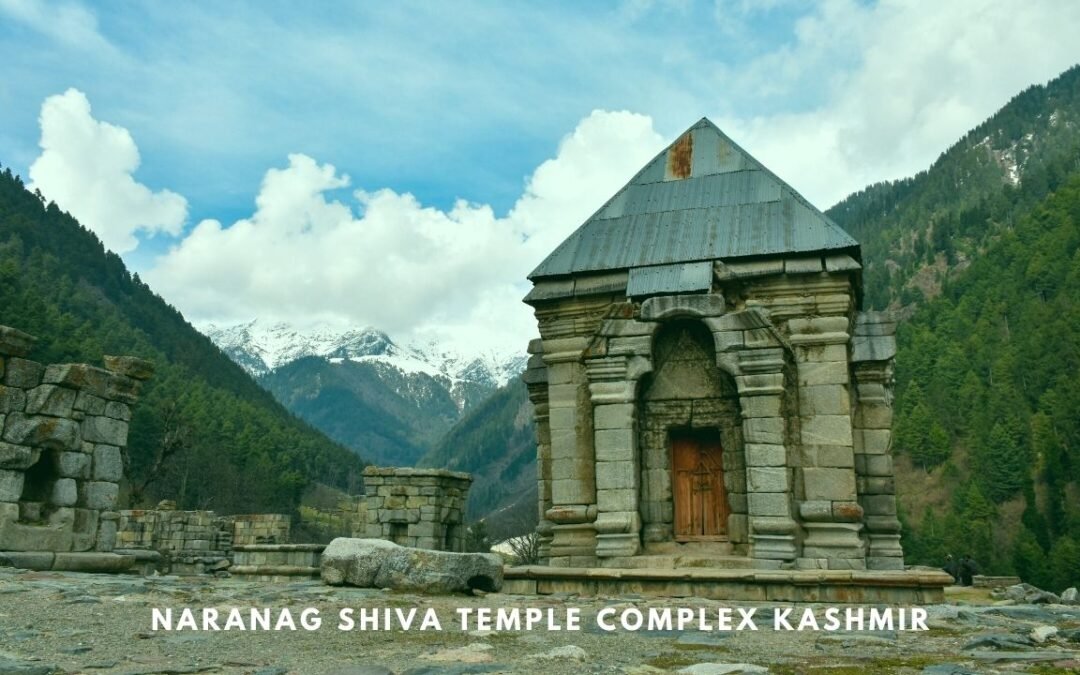Maluti, a nondescript hamlet is situated near the Bengal– Jharkhand border at Dumka district of Jharkhand. What sets apart this village from others is the presence of as many as 108 temples clustered in a radius of about 350 metres.

The History of Maluti
It was during the reign of emperor Alauddin Hussain Shah of Gour (1495 – 1525) when the Sultan had camped with his entourage near Maluti. During this time, the Begum had lost her pet hawk (Baaj pakhi in Bengali) and was quite upset. The Sultan, to please his queen announced that anyone who finds the bird will be rewarded handsomely. As chance would be, a local shepherd named Basanta found the bird and returned it to the emperor. The Sultan was so happy that he awarded several acres of tax-free land to Basanta. Thus Basanta became the first king of Baaj Basanta dynasty and marking the beginning of Nankar (non tax) region. Basanta came to be known as Baaj Basanta because of his tryst with the “Baaj”.

Baaj Basanta’s great grandson Rajchandra was defeated by the King of Rajnagar in the battle of Damra. His four sons fled and shifted the capital to Maluti in about 1680 and they started living separately. The house of Rakharchandra, the eldest son, came to be known as Rajbari (house of the king). The eldest son of the family was automatically given the title of Raja. The second son Prithvichandra’s house was called the Madhyam Bari (house of the second). Ramchandra, who like his brother got one-fourth share, and was called Sikir Bari (house of one-fourth share). The fourth and last son Madhavchandra had six sons, so his house came to be known as Chhai Taraf (house of six).

During this time, many terracotta artisans called “Sutradhars” travelled along the villages displaying their art. These craftsmen met the four brothers and under their patronage built several temples. The terracotta temples are of various designs and patterns. Most of the temples here follow the char–challa (four sloped roofs) form of architecture, the most common form found in Bengal. There are few temples following the Orissan style of architecture. Some of the temples have intricate terracotta designs depicting various Hindu mythological and religious events.

There are intricate details of war scene between Ram and Ravana at the Madhyam Bari. These scenes are found in some other temples of Maluti also. There is also the life stories of Sri Krishna depicted in terracotta panels as well as that of Goddess Durga.

What surprised us was that the designs were also inspired by the current social scenarios. There is a carving of a Babu going for hunting in a palanquin.

There is also a very minute carving of some soldiers – the first soldiers on horseback with sword followed by soldiers wielding guns. This showed the advent of East India Company in Indian landscape.

Our visit to Maluti
Maluti is best approachable from Rampurhat station in Birbhum district of West Bengal. Maluti is just 16 km from Rampurhat. An auto has to be booked from Rampurhat. It is a 16 kilometers of pleasant ride which will even take you through a deserted air field. As we reached Maluti , we first visited the temple of Devi Maulishka. The deity only has a face and no body.

The village is a small one with almost 350 families. The descendants of Baaj Basanta had built around 108 temples in that small area. 36 of them could not pass the test of times and are now in ruins. The rest 72 now lies neglected. 8 newer temples were built bringing the number of temples to 80.

Maluti had been neglected by the Government for a long. But it is due to the lone crusade of Sri. Gopaldas Mukherjee that village is gaining prominence. Sri Gopaldas Mukherjee is a retired school teacher who had painstakingly researched Maluti and worked hard to bring Maluti to notice. His hard work and perseverance were not in vain. Now, this village has got noticed by the Central as well as Jharkhand Government and now funds are allocated to preserve the temples. Sri Mukherjee has written a few books about Maluti too.

Maluti is thus a small temple town rich in history and culture. Visit this hamlet to see the beautiful terracotta temples and the story behind it. A visit to Sri Gopaldas Mukherjee will be an enriching experience.

How to reach Maluti?
Take a train from Howrah to Rampurhat. From Rampurhat, an auto has to be reserved for visit to Maluti . The auto fare is approximately Rs.700/- depending on your bargaining capacity! The visit can be done together with Tarapith.
Where to Stay at Maluti?
There is a government lodge at here. But it is better to stay at Rampurhat or Tarapith.

Trivia
It is said that Sage Bamakhepa had first attained his enlightenment at Maluti in front of Devi Maulishka and then at Tarapith in front of Devi Tara. So Devi Maulishka is referred to as the elder sister of Devi Tara.
The trident and conch of Bamakhepa is still preserved here in a temple named after him.
Most of the villagers stay at different places due to their job. But during the Kali Puja, all of them come to their visit to celebrate the Puja with great pomp and grandeur.
Acknowledgement
We first came to know about Maluti from Rangan Datta’s blog – who has inspired us to explore the unknown Bengal.
We also thank Gopaldas Mukherjee for his vivid description of the history of Maluti .











Dear fellow backpackers Agni and Amrita, nice to know that you have visited the amazing temple village of Maluti.
Thanks for the acknowledgment but people like Gopaldas Mukherjee deserves something more than acknowledgement and thanks. A big thank you for sharing the efforts of Gopaldas Mukherjee in your blog.
Thanks once more and keep travelling and blogging .
Thank you Rangan Da… We are inspired by you and have started our endeavor. Keep visiting our blog and leave your valuable comments and criticism, so that we can do it in a better way.
We also agree that Gopaldas Mukherjee and Maluti deserves much more.
Nice description and photoframing.. It wll enrich the travelrs. I have visited there in May ’17. I was biking from Bharampur to Dumka and having no prior knowledge regarding Maluti. Suddenly follow the board of Jharkhand Government near Shikaripara forest… and decided to visit that historical place!
The information I needed,I got here. But why you didn’t recommend the government Lodge..
Thank you. When we visited, the government lodge was not working. Thanks for pointing it out. We will include the details now.